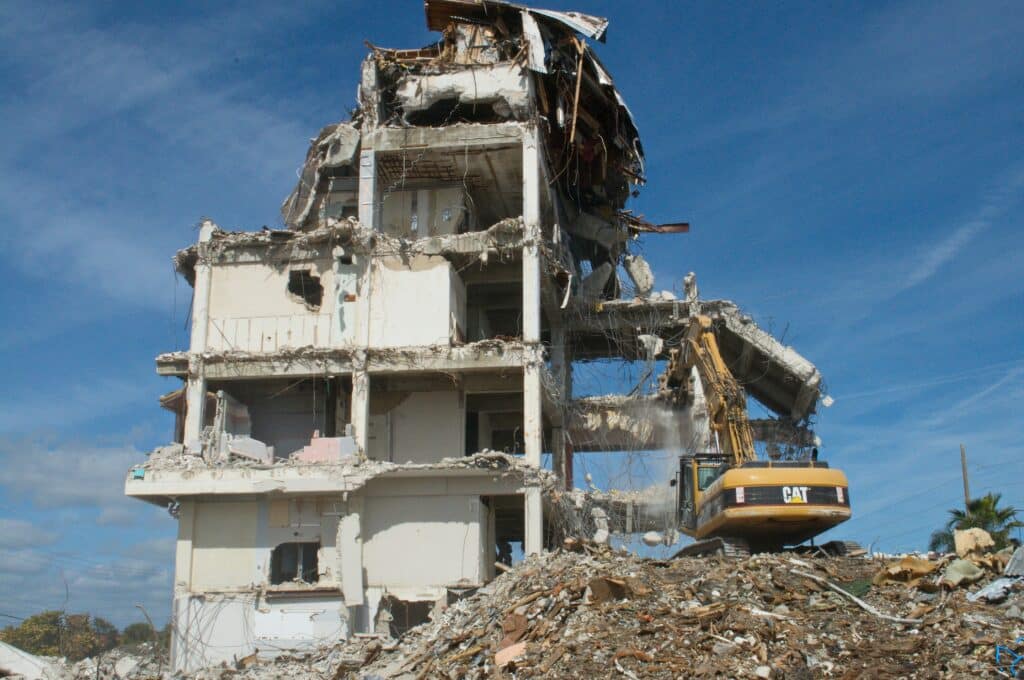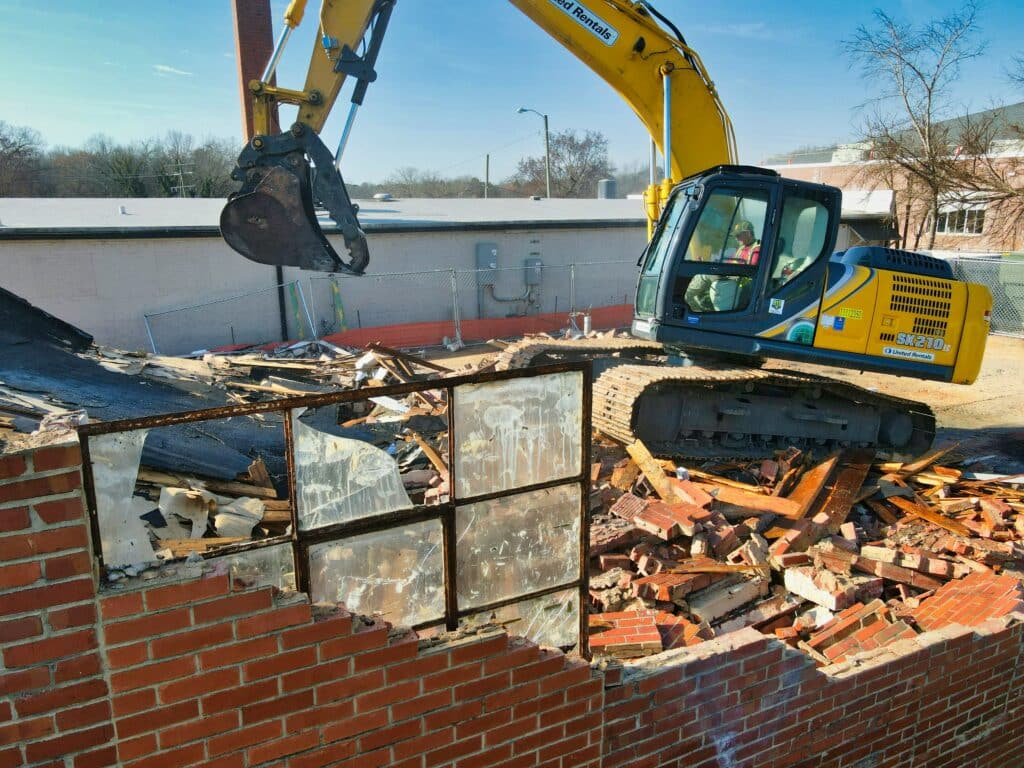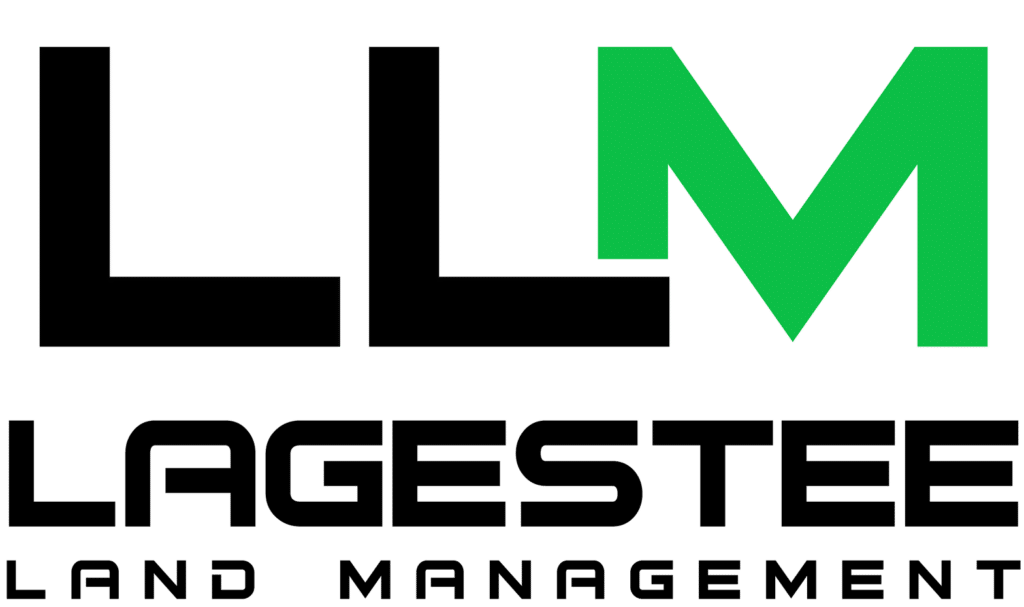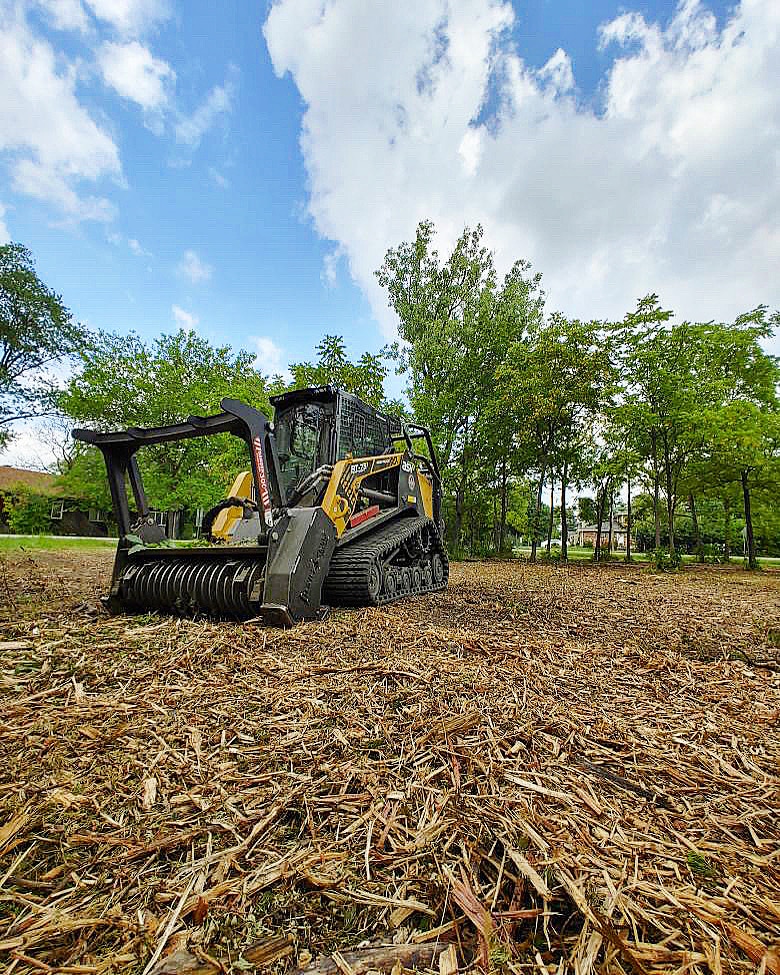Demolition is an integral part of the construction and land management process, paving the way for new development and renovation. However, it is also among the most hazardous activities in the construction sector, involving significant risks not only to the workers on-site but also to the public and the environment. Recognizing the importance of safety in these operations, Lagestee Land Management adheres to stringent demolition safety practices and guidelines to mitigate risks and ensure a secure working environment.

Understanding Demolition Risks
Identifying Potential Hazards
Before any demolition activity begins, it’s crucial to identify and assess potential hazards. These can range from structural instabilities, exposure to hazardous materials like asbestos, to the proximity of the site to the general public and other structures. Comprehensive risk assessments are conducted to establish a clear understanding of the challenges and dangers involved.
The Importance of Planning
A well-thought-out demolition plan is the cornerstone of a safe demolition project. This plan should detail the method of demolition, the equipment to be used, the sequence of work, and the measures to control the identified risks. Lagestee Land Management ensures that every demolition project is supported by a robust plan that prioritizes safety above all.
Implementing Safety Measures
Personal Protective Equipment (PPE)
Ensuring that all workers are equipped with the necessary PPE is non-negotiable. Helmets, eye protection, high-visibility clothing, gloves, and dust masks are standard gear, tailored to the specific risks of the demolition project.
Training and Competence
Workers involved in demolition must be adequately trained and competent in their roles. Lagestee Land Management invests in regular training programs, including the safe use of demolition equipment, hazard recognition, and emergency response procedures.
Environmental Considerations
Demolition projects can have significant environmental impacts, including dust, noise, and vibration. Best practices involve implementing dust control measures, scheduling work to minimize noise disturbance, and using vibration monitoring to prevent damage to surrounding structures.

Adhering to Legal and Regulatory Standards
Compliance with OSHA Guidelines
The Occupational Safety and Health Administration (OSHA) sets forth guidelines that are critical to demolition safety. Lagestee Land Management rigorously follows these guidelines, ensuring compliance with standards related to fall protection, hazardous materials handling, and the structural integrity of buildings being demolished.
Obtaining Necessary Permits
Before any demolition activity, it is imperative to obtain the necessary permits from local authorities. These permits ensure that the demolition plan complies with local regulations and safety standards, providing an additional layer of oversight.
Emergency Preparedness and Response
Developing an Emergency Plan
An essential aspect of demolition safety is preparing for unforeseen events. Lagestee Land Management develops comprehensive emergency response plans for every project, detailing procedures for evacuations, medical emergencies, and environmental incidents.
Regular Drills and Communication
Regular drills ensure that all workers are familiar with emergency procedures, significantly improving the response to actual emergencies. Effective communication channels are also established to quickly disseminate information to everyone on site.
Continuous Improvement and Safety Culture
Learning from Incidents
Continuous improvement is a core principle of Lagestee Land Management’s safety culture. By analyzing incidents and near-misses, valuable lessons are learned, which inform the refinement of safety practices and guidelines.
Fostering a Safety-First Culture
Creating a culture where safety is prioritized at every level of the organization is fundamental. Encouraging open communication about safety concerns and empowering workers to pause work if they perceive a risk are practices that Lagestee Land Management champions to maintain a safe working environment.
Conclusion
Demolition work presents complex challenges that require meticulous planning, stringent safety measures, and a culture that prioritizes the well-being of workers and the public. At Lagestee Land Management, we are committed to upholding the highest standards of demolition safety, ensuring that every project is executed with precision and care. Through continuous improvement and a dedicated focus on safety, we aim to not only meet but exceed industry standards, demonstrating our leadership in safe and responsible land management practices. Click here to learn more about Lagestee’s demolition services.

